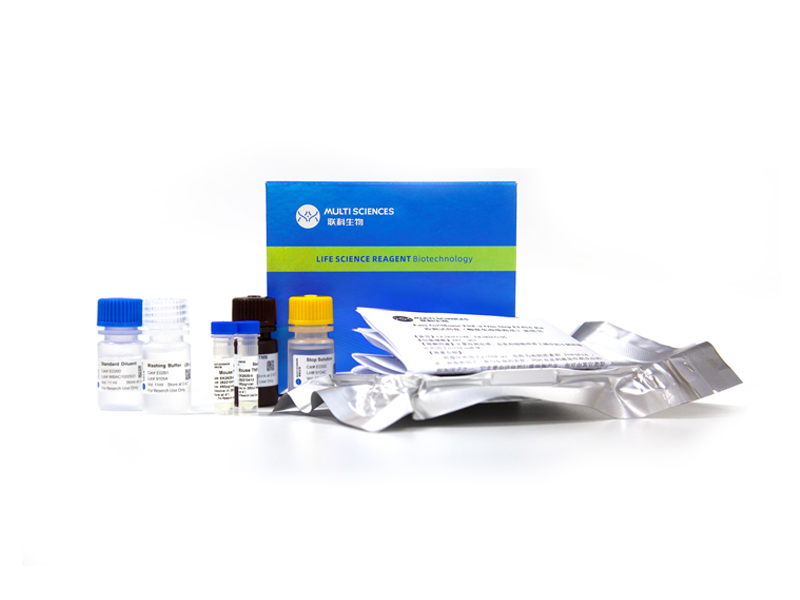The progression of osteoarthritis (OA) includes the initial inflammation, subsequent degradation of the extracellular matrix (ECM), and chondrocyte apoptosis. Down syndrome candidate region 1 (DSCR1) is a stress-responsive gene and expresses in varied types of cells, including chondrocytes. Bioinformatics analysis of GSE103416 and GSE104739 datasets showed higher DSCR1 expression in the inflamed cartilage tissues and chondrocytes of OA. DSCR1 had two major isoforms, isoform 1 (DSCR1–1) and isoform 4 (DSCR1–4). We found that DSCR1–1 had a faster ( in vitro ) and higher expression ( in vivo ) response to OA compared to DSCR1–4. IL-1β-induced apoptosis, inflammation, and ECM degradation in chondrocytes were attenuated by DSCR1–1 overexpression. DSCR1–1 triggered the phosphorylation of cAMP response element-binding 1 (CREB1) at 133 serine sites by decreasing calcineurin activity. Moreover, activated CREB1 moved into the cell nucleus and combined in the promoter regions of aldehyde dehydrogenase 2 (ALDH2), thus enhancing its gene transcription. ALDH2 could recover Wnt/β-catenin signaling transduction by enhancing phosphorylation of β-catenin at 33/37 serine sites and inhibiting the migration of β-catenin protein from the cellular matrix to the nucleus. In vivo , adenoviruses (1?×?10 8 PFU) overexpressing DSCR1–1 were injected into the articular cavity of C57BL/6 mice with medial meniscus surgery-induced OA, and it showed that DSCR1–1 overexpression ameliorated cartilage injury. Collectively, our study demonstrates that DSCR1–1 may be a potential therapeutic target of OA.
文章引用产品列表
-
- EK206EGA 56 Citations
- 一步法ELISA试剂盒
EasyGo!™ Mouse IL-6 One-Step ELISA Kit 检测试剂盒(酶联免疫吸附法)
- ¥2,190.00 – ¥3,650.00
-
- EK282 1454 Citations
- FEATURED ELISA KIT, ELISA试剂盒
Mouse TNF-a ELISA Kit检测试剂盒(酶联免疫吸附法)
- ¥1,600.00 – ¥10,800.00
-
- EK282HS 1241 Citations
- 高敏试剂盒
Mouse TNF-α High Sensitivity ELISA Kit检测试剂盒(酶联免疫吸附法)
- ¥2,000.00 – ¥3,400.00
-
- EK206 1296 Citations
- ELISA试剂盒
Mouse IL-6 ELISA Kit检测试剂盒(酶联免疫吸附法)
- ¥1,600.00 – ¥10,800.00
-
- EK206HS 1080 Citations
- 高敏试剂盒
Mouse IL-6 High Sensitivity ELISA Kit检测试剂盒(酶联免疫吸附法)
- ¥2,000.00 – ¥3,400.00





